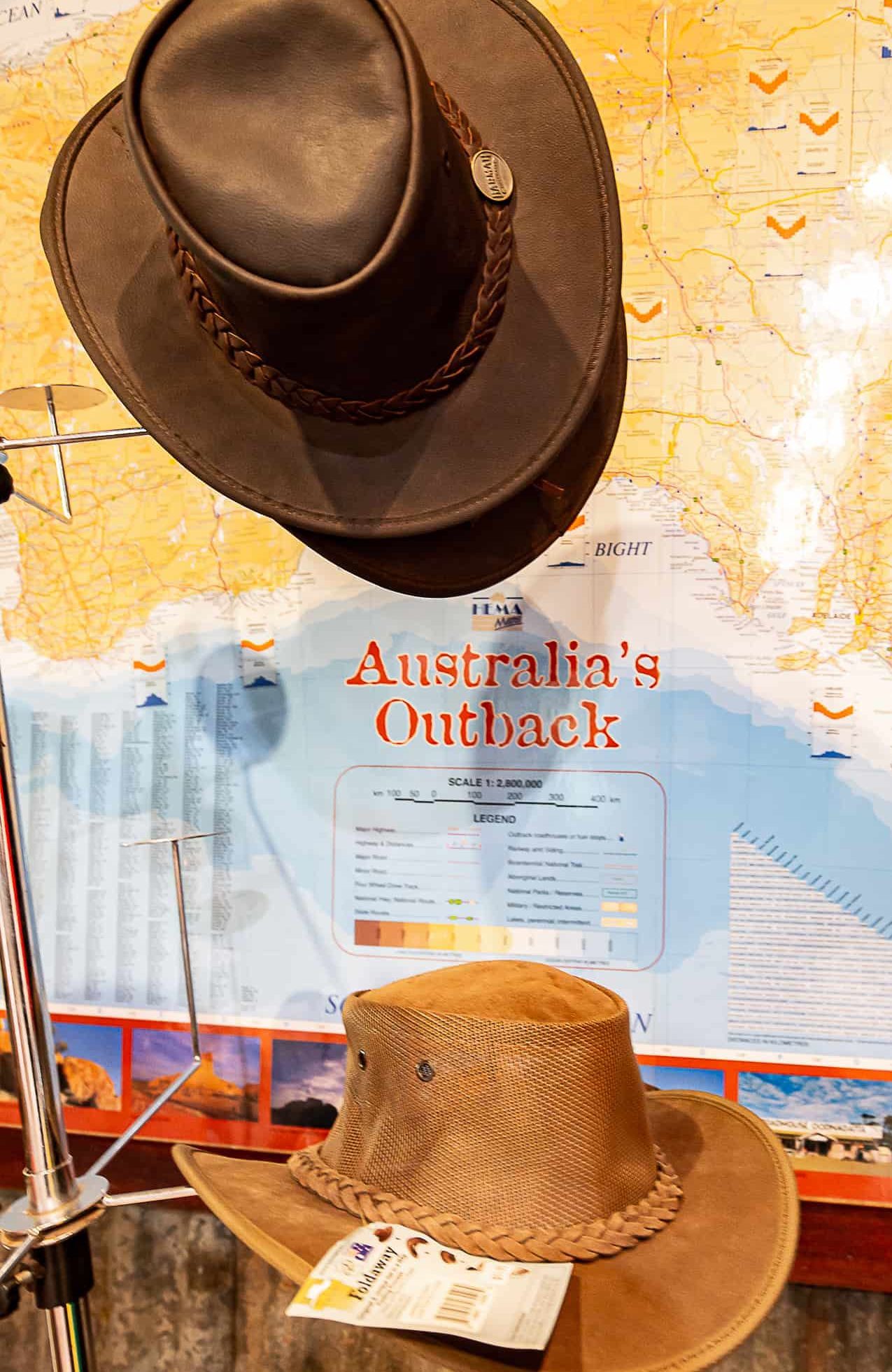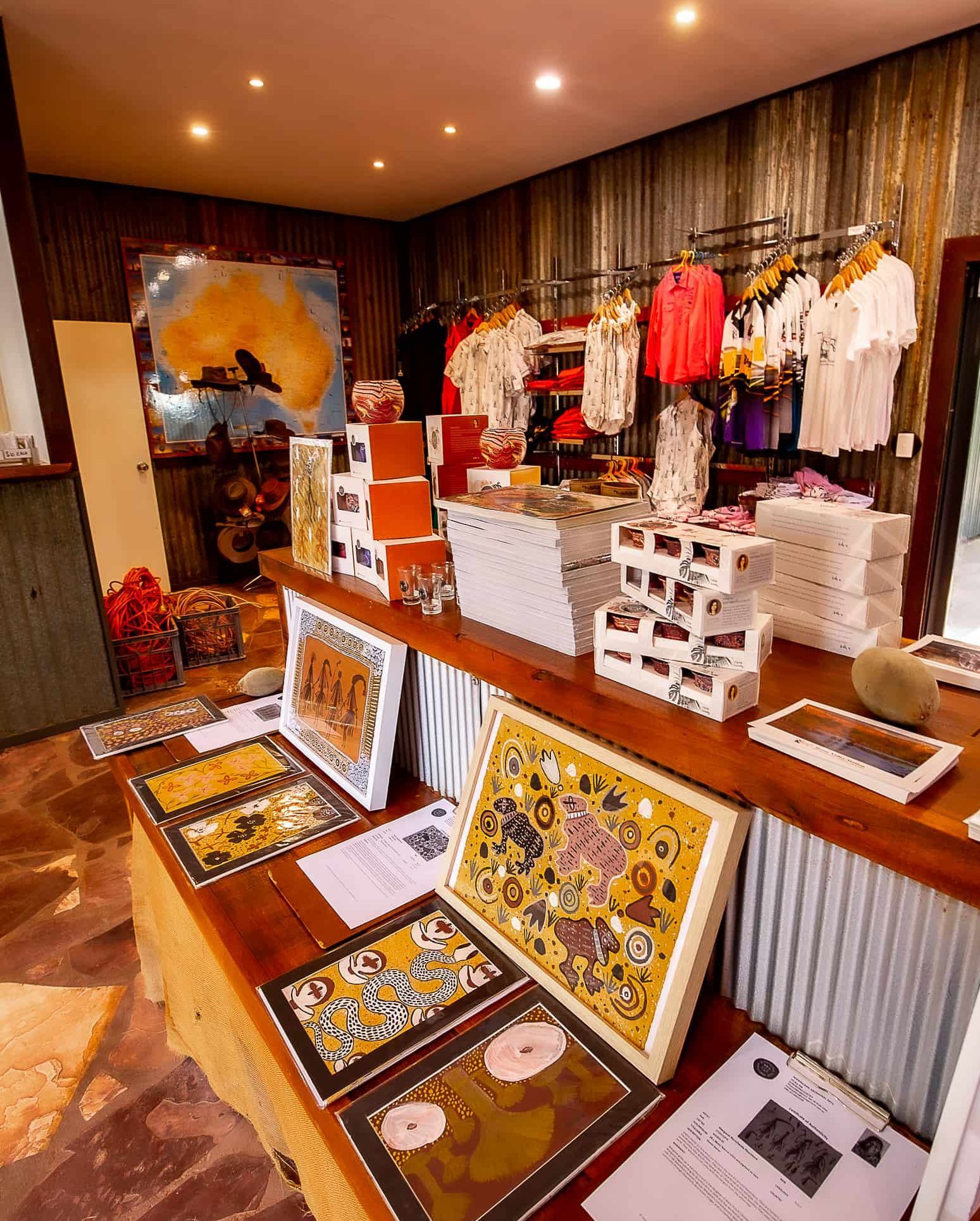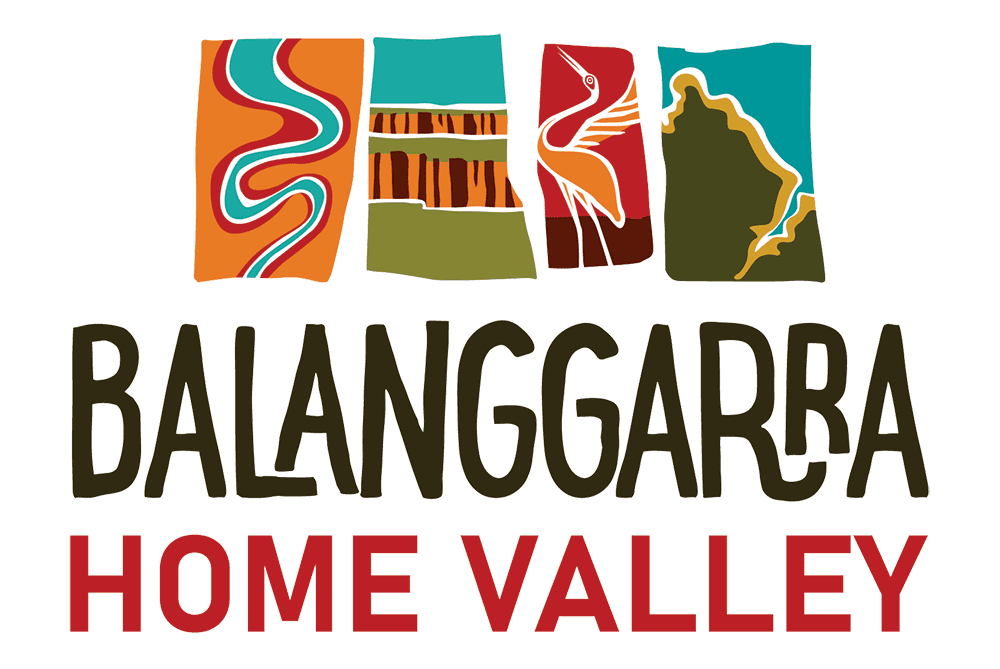ABOUT THE KIMBERLEY
An ancient place awaits you.
Australia, the Kimberley is often described as Australia’s last frontier. Whilst it may cover an area representative of roughly 17 per cent of the continent, it is one of the least densely populated areas in the world! Famous for its majestic ranges, stunning gorges, spectacular waterfalls and dusty, cracked mud flats, it is a region of break-taking contrasts. From the stunning pearling coast of Broome in the state’s west through to the rugged landforms of the East Kimberley, no two experiences are the same.
Home Valley is located on Balanggarra country in the East Kimberley, approximately 120km from Kununurra, along the iconic stretch of corrugated road known as the Gibb River Road. Here travellers experience a unique connection with an ancient land that is largely untouched. They discover the generous, easy-going nature of the locals, unforgettable scenery and the inspiring spirit of the region’s traditional owners, the Balanggarra people.
Kimberley Flora and Fauna
Offering one of the most unique wilderness experiences, the Kimberley is home to vast array of interesting species of plants and animals. Don’t miss these iconic sights.
Boab Trees
A Kimberley icon! The Boab trees in the Kimberley are the only tree of their kind found outside of Africa and Madagascar. Unique in shape, each tree has a different character. Some of the oldest can measure over 15 metres in circumference. They are deciduous plants, losing all their leaves in the dry season, but they flower and fruit during the wet season, sometimes as early as October. Their flowers are creamy-white in colour and are a sight to behold!
Kimberley Birdlife
Remember to bring your binoculars because you’re in for a real treat when it comes to the bird life found in the Kimberley. From black kites, kurrandas, red-tailed black cockatoos to rock pigeons, rainbow bee-eaters and blue-winged kookaburras, there’s ample to spy on any of the seven bush walks around Home Valley Station.
Barramundi
A fish like no other! Catching one of these game fish is high on most people’s agenda on any visit to the Kimberley. Found in many creeks, rivers, billabongs, and estuaries, these fish are big with lengths over a metre common. Starting life as a male, they famously change gender around the age of five in order to produce eggs, so the larger the fish, the more likely it is to be female. For this reason, barramundi have a maximum legal fishing size as well as a minimum.
Seasons and Weather
Located within the Tropic of Capricorn, the Kimberley is a land of extremes throughout the year, experiencing two distinct seasons, the temperate dry season with its flawless blue skies and cool nights and the dramatic wet when everything in the country comes alive.
Home Valley opens each year throughout the dry season.
Dry Season (April through October)
The start of the dry season is usually still characterised by a lush green landscape leftover from the previous wet season, with some of the rivers and waterholes still flowing. By May/June the water will have begun to drop, as will the temperatures, which will range between 16-32 degrees. Clear blue skies are inevitable and the weather is very stable, with rain a rare event. Peak season is between June and August, with stunning weather during the day, perfect for exploring and slightly cooler nights.
Wet Season (November through March)
During the wet season, expect the unexpected. The weather is often hot and humid with tempestuous storms filled with thunder and magnificent lightening shows. Rain can fall between 350mm in the south to over 1400mm in the Mitchel Plateau area of the north, often resulting in significant road closures and limited access. Temperatures also soar, reaching heights of often over 40 degrees.
Emergencies
In case of emergencies, Home Valley Station has a Royal Flying Doctors Service medical chest onsite and an emergency phone located outside reception.
The history of Home Valley
“We are all visitors to this time, this place. We are just passing through. Our purpose here is to observe, to learn, to grow and then we return home.” – Australian Aboriginal Proverb.
Home Valley is managed by the Balanggarra people of the East Kimberley, who are the Traditional Owners.
Home Valley sits alongside the mighty Pentecost River, one of the five big rivers of the north Kimberley that intersect on the vast expanse of Balanggarra Country. Covering a total of 2.6 million hectares of the north Kimberley, our Balanggarra Country, or Gra, extends to the north up to the coast near Kalumburu and east to Wyndham.
This Country has been our home for many thousands of years. Our old people did not just talk one language, or call themselves by one name; there are different names that tell us where our old people came from and what language they talked in that country. Gwini is a main name we use, it really means ‘east’ and is the name we use today for all the people from Kalumburu right down to Oombulgurri but there are other names for the people and country too like Argna, Arawari, Barang-ngala, Yura and Gular.
Our Balanggarra law and culture gives us the rules and responsibilities for looking after Balanggarra culture, plants, animals, people and country. Today we are living in two worlds—the traditional world and the western world. Our old people told us about our finding in country; that is the place where we were as jilmi (spirits), looking for our mother and father. Some people call that a totem.
Gra
Gra, or Country, is all the land, sea, rivers, islands and all that they contain and sustain. Gra is our word for our country from Kalumburu to Oombulgurri but gra is more than just the land and the sea. Gra means home, it is our homeland. Our gra is the place we use for camping all the time; it’s our history, where our family comes from. Our gra reminds us of our old people. We say gra when we talk about specific areas like Oomari or Pago. Gra can be used as well to describe bigger country such as Manarra (coastal Berkeley region) or Wirngir (Lyne River area).
Gra is a living space; Dreaming Beings created and continue to inhabit the country. There is evidence of the presence of these creator beings in the land and seascapes. For us, King George Falls are the male and female Snakes who travelled from the far western reaches of our country at Sir Graham Moore Island. They travelled over land and in the sea. The islands are evidence of the creator Snake itself. The saltwater was created by Wolara as he ‘poled his canoe’ in the coastal regions. Some of the islands are where his pole touched the seabed. Rinjiibarda’bindingei (to the north of Cape Londonderry) is a reef where the Dreaming Star ‘fell down’ to become the very shiny and highly prized, ritually and socially important pearl shell.
All of us are connected to and responsible for our gra in a number of ways. We are connected to the very local gra of our conception or finding — our wulu site; we have connections to the more regional gra of our mothers, fathers, and grandparents. Us Balanggarra people have to care for our gra and we have to assist our husband or wife to care for their gra as well.
Home Valley hosts an onsite training program for Indigenous men and women from the region who are studying tourism, hospitality and a range of pastoral operations. These traineeships make Home Valley a centre of learning where practical skills are taught in the course of a normal day on the property and they are an integral part of the resort operation. Trainees live and work alongside the Home Valley team learn through participating in every aspect of the station – whether that is housekeeping, food and beverage service, guest services or tour guiding.


